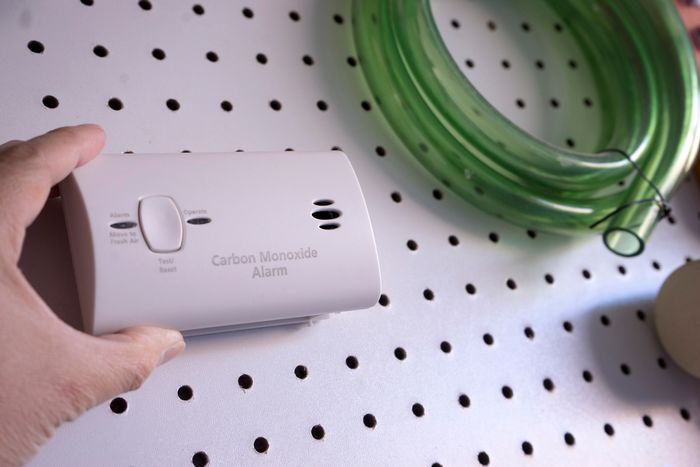Newsletter / June 7, 2019

We’ve all heard tragic stories about deaths due to unintentional carbon monoxide poisoning. This odorless, tasteless, colorless gas is a silent killer which, according to the Centers for Disease Control and Prevention (CDC), takes the lives of 400 Americans every year. An additional 20,000 visit the ER, while more than 4,000 are hospitalized.
Carbon monoxide gas can come from a variety of sources, including lanterns, grills, fireplaces, gas stoves and gas furnaces. The common symptoms people with the early stages of CO poisoning will experience include mild to severe headache, dizziness, nausea, vomiting and confusion. Those that are sleeping can die before even experiencing any symptoms.
The only way to definitively know if you have high levels of carbon monoxide present in your home is with the use of a carbon monoxide detector on every level. These devices operate much like smoke alarms: when CO gas is detected, an alarm sounds. Most CO detectors emit short beeps or chirps. The pattern is often four beeps, followed by a short pause, repeated continuously until CO levels drop or the alarm is reset.
So what should you do if your CO detector activates and goes into alarm mode, emitting a beeping or chirping sound? Follow these steps to keep you and your family safe:
At Handyman Connection, we take the health and safety of our customers seriously. If you need a carbon monoxide or smoke detector installed, or have need of other home maintenance services or general home repair, we would love to help. Give us a call today at 1-800-88-HANDY to schedule an appointment with one of our skilled craftsmen.